Jason Reblando
(American, b. 1973; resides in Normal, IL)
Jason Reblando’s series, Home and Away, (2005-2017) investigates the Filipino diaspora as a broader meditation on notions of belonging and place. Reblando is interested in the complex circumstances that lead families to leave their homes to work overseas, as well as the feelings of loss and longing that come with separation from one’s origins. While working in the Philippines on a Fulbright fellowship in 2015, he grew a deeper understanding of the history of Spanish, Japanese, and American colonization in the country of his parents’ birth and the effects these legacies of imperialism still have on the working class around the globe. Home and Away includes images of Reblando’s own family members and snapshots culled from his own family albums, conjuring the ripple effects migration has throughout generations. He intermixes personal images with portraits of others he made in the Philippines and also the United States, Hong Kong, and Dubai—locations where large numbers of Filipino immigrant populations live and work today. Reblando also portrays domestic interiors and still life arrangements of objects that hold significance for their owners, to emphasize the ways rituals and traditions adapt and transform in new and unfamiliar spaces. He states: “Ultimately, I hope that these photographs evoke the attachment that constellations of Filipino families feel to home and to one another—connected but scattered throughout the night sky.”
Jason Reblando completed a BA in sociology from Boston College (1995) and an MFA in photography at Columbia College Chicago (2010). He has taught photography at Illinois State University, Columbia College Chicago, DePaul University, and in the After School Matters educational outreach program in Chicago. Reblando has also worked for Chicago Public Radio as a radio journalist, producer, and photographer. His photographs have been featured in many publications, including Chicago Tribune, Camera Austria, Slate, PDNedu and The New York Times photojournalism blog, Lens. His work is held in the collections of the Philadelphia Museum of Art and the Milwaukee Art Museum, among others. Reblando has exhibited nationally, including at Photographic Resource Center, Boston University; Hyde Park Art Center, Chicago; Mpls Photo Center, Minneapolis; Philadelphia Museum of Art; Singapore International Photography Festival; Houston Center for Photography; and Minnesota Center for Photography. His monograph New Deal Utopias was published in 2017 by Kehrer Verlag.



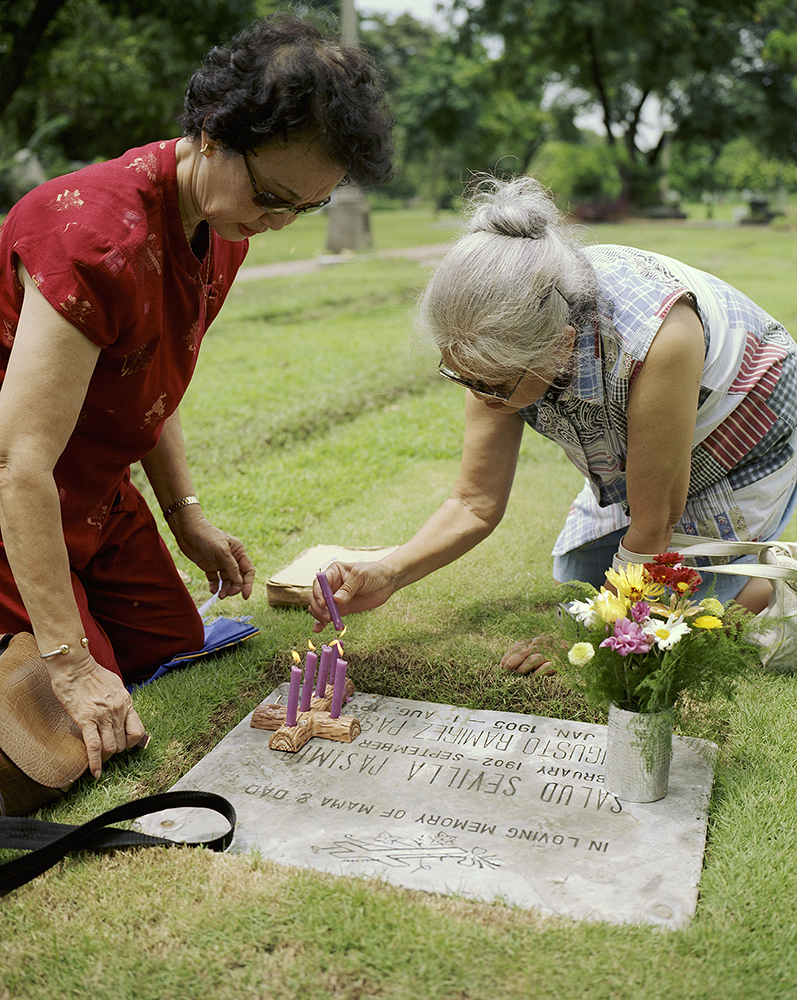
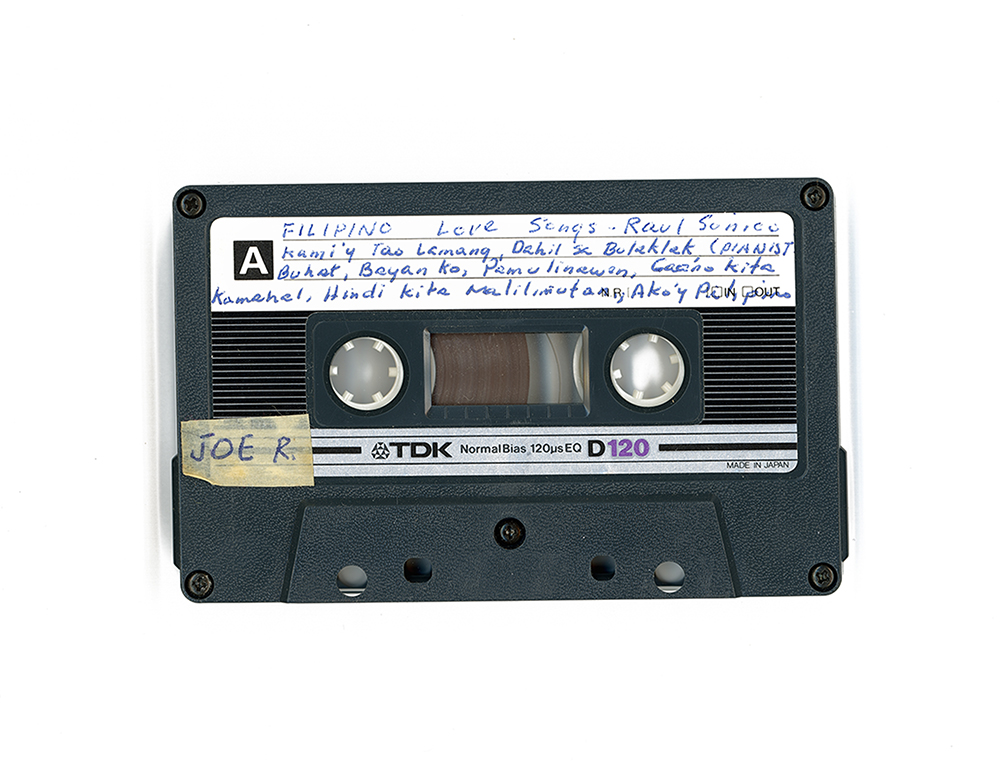




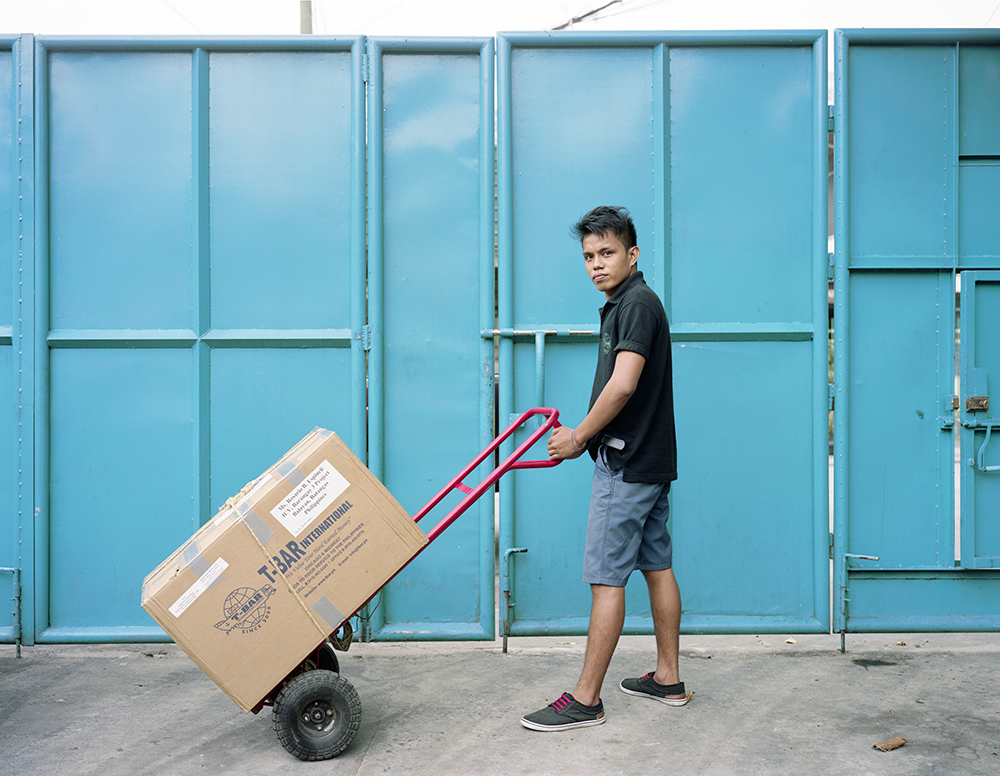





Past Portfolio
Jason Reblando has long been interested in the intersections of urban planning, power structures, nature, and the effect all these have on communities. For his series, New Deal Utopias (2009-ongoing), he began researching and photographing the “Greenbelt Towns,” planned and cooperatively managed communities developed from 1935 to 1938 as part of the New Deal public works programs. The three resulting towns, which still exist today, are: Greenbelt, Maryland; Greenhills, Ohio; and Greendale, Wisconsin. Under the direction of Rexford Tugwell–the director of the Resettlement Administration (RA) who hired his former student, Roy Stryker, to head the RA’s photography project–these towns were planned as utopian communities. The communities were meant to combine the economic and social advantages of cities with the natural environment of the countryside where displaced farmers and impoverished families could settle. Amid accusations of socialism, the development of more communities stopped, and after World War II, Congress ordered the U.S. Housing Administration to sell the towns. New Deal Utopias (2009-2011) measures the historical distance from the New Deal to today through examining how urban planning and the built environment attempt to address social problems and desires.


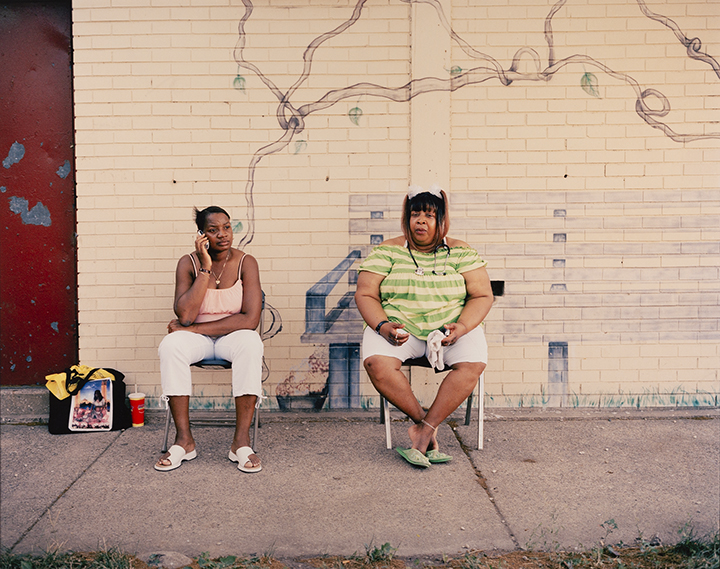
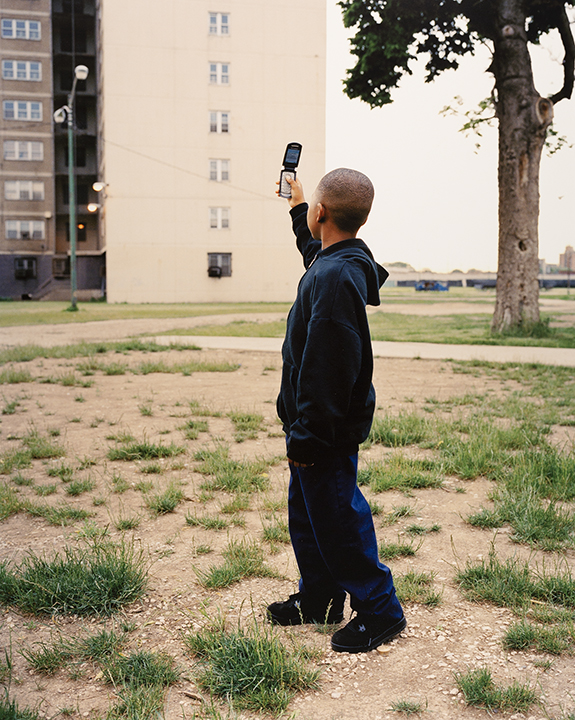
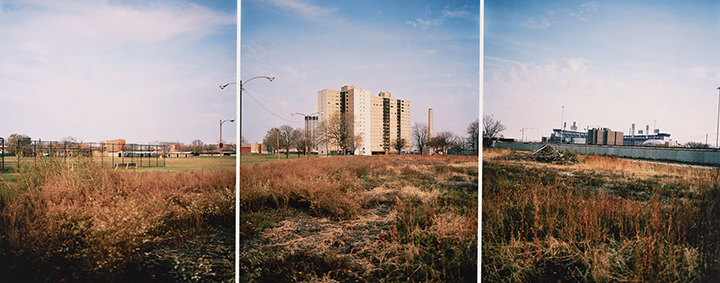
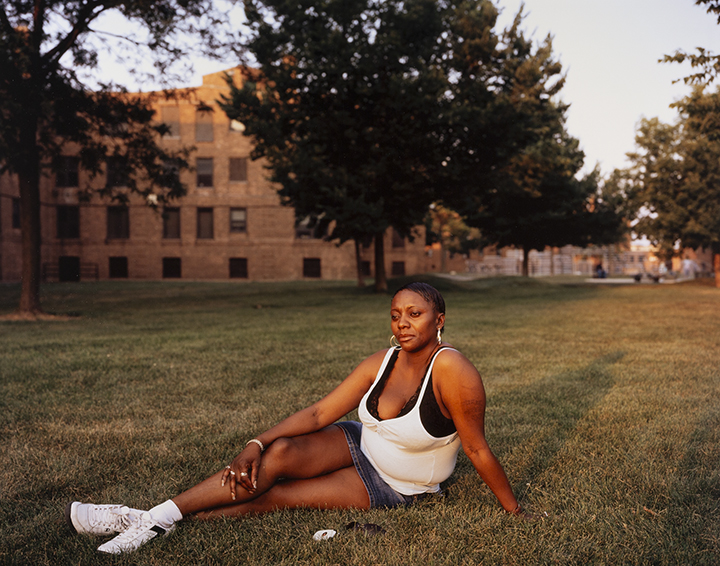
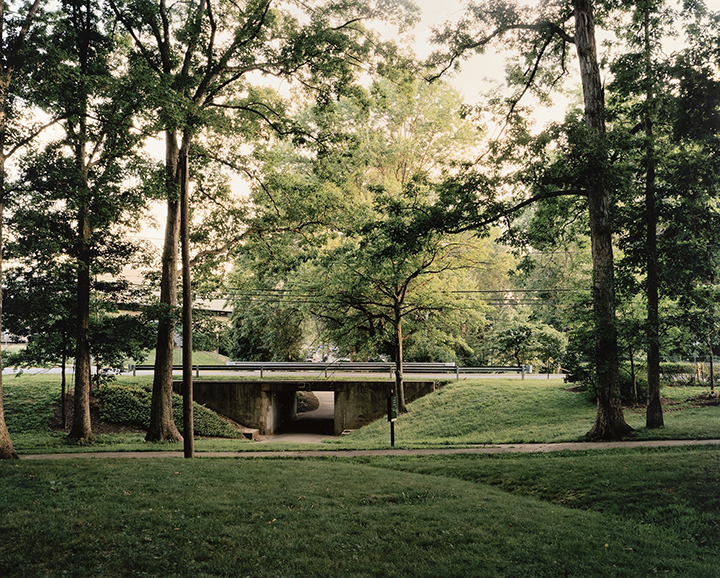
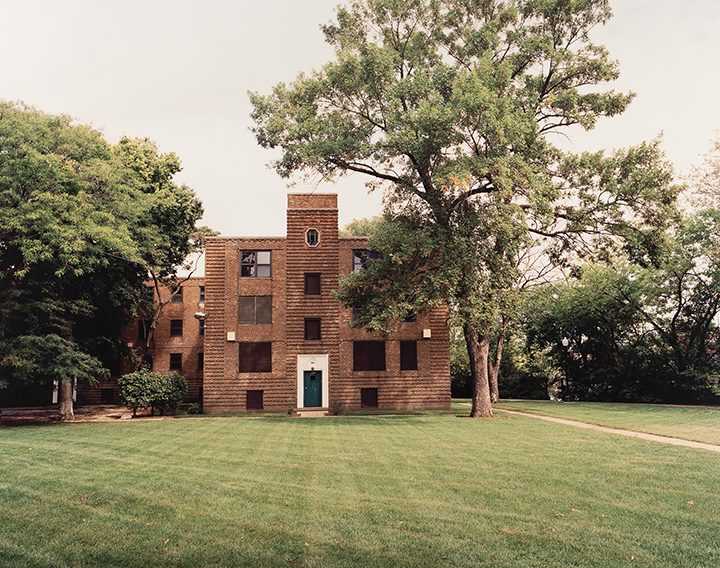
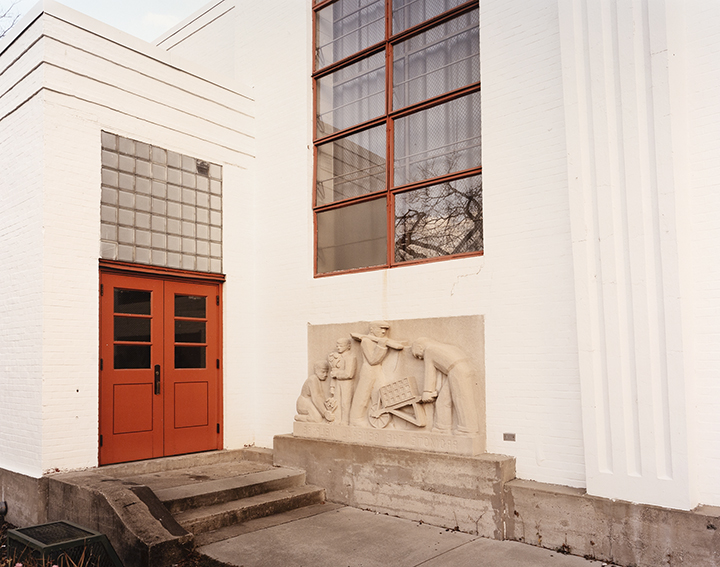

Larry and Georgia, 2007
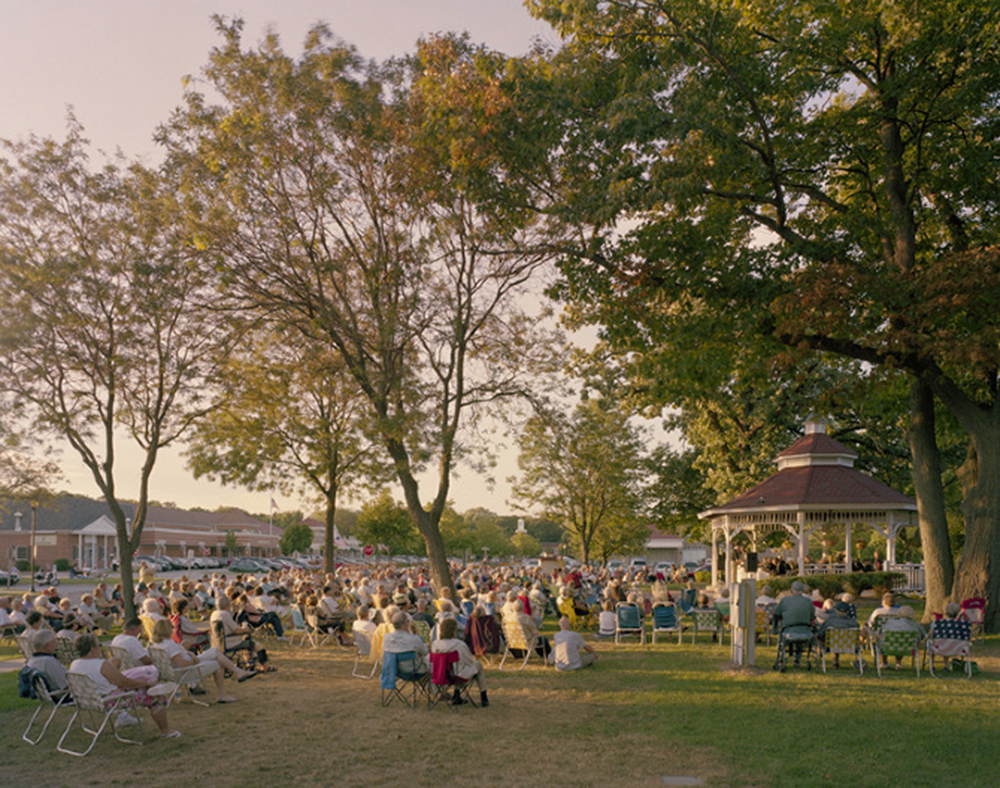
Gazebo, Greendale, Wisconsin, 2009

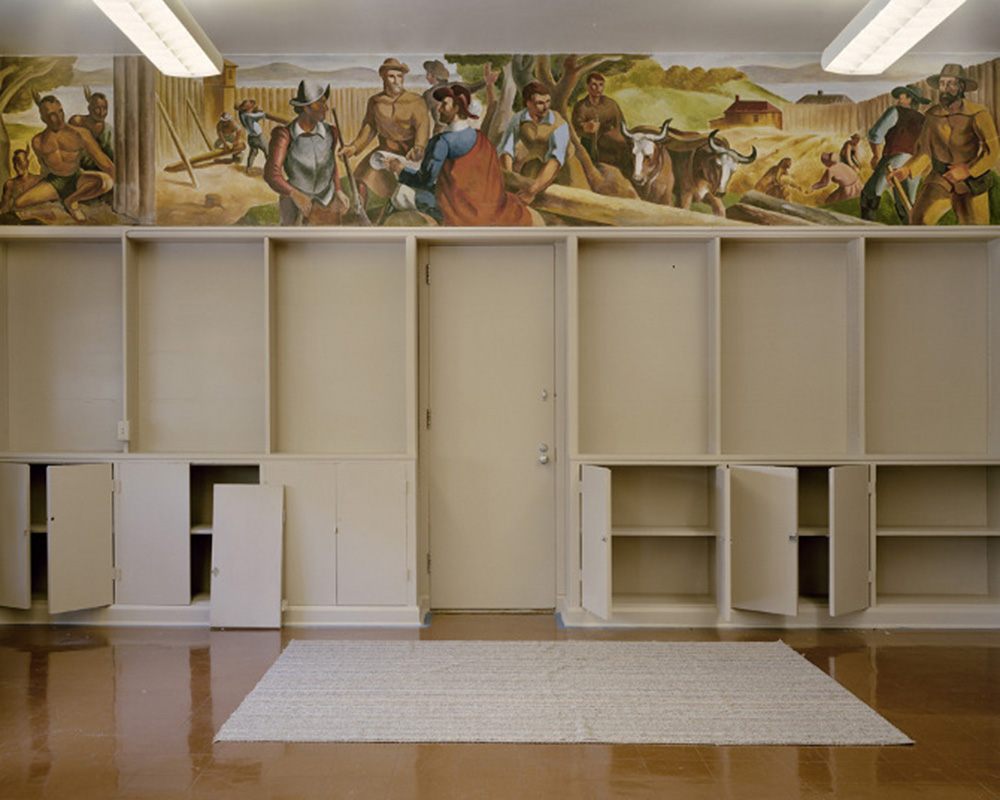
Liberty Mural, Greenhills, Ohio, 2009
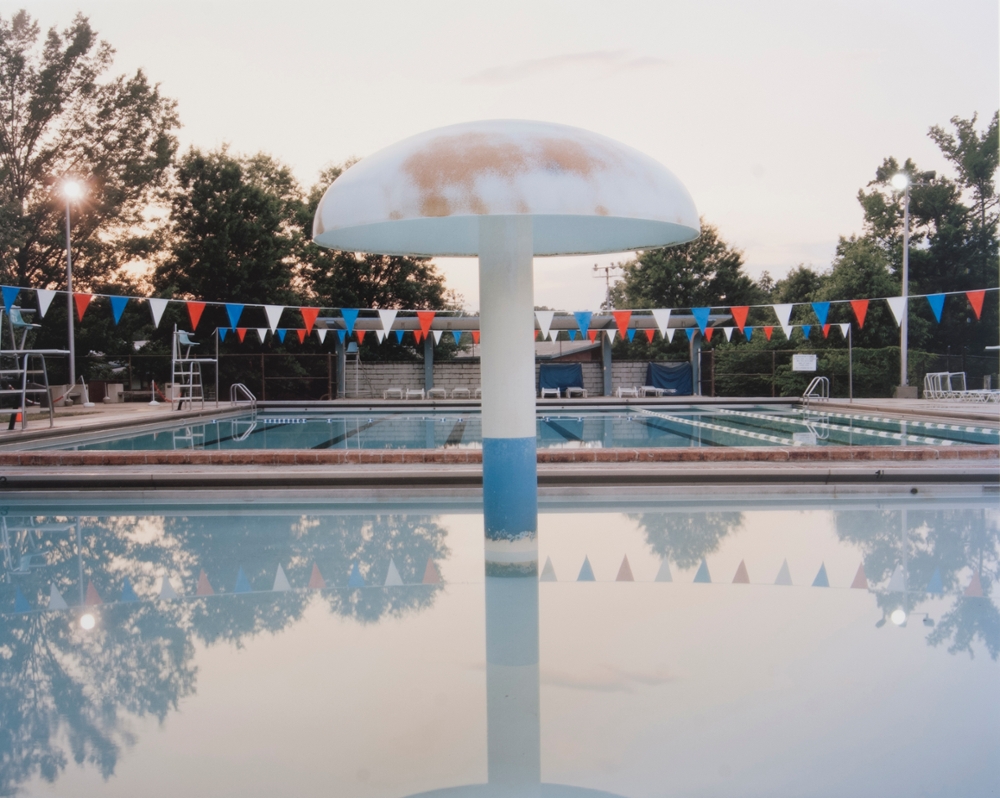
Mushroom, Greenbelt, Maryland, 2009
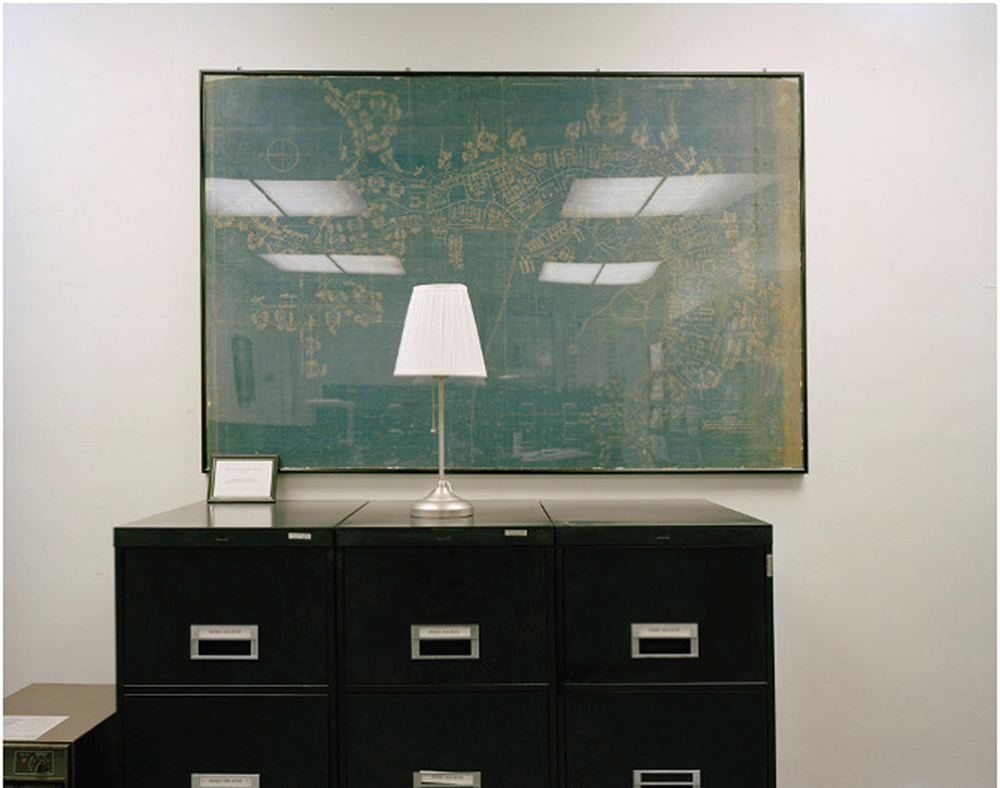
Blueprint, Greenbelt, Maryland, 2009
Past Portfolio
In this series commissioned by the University of Chicago’s Oriental Institute, titled Our Works: Modern Jobs— Ancient Origins (2013), Jason Reblando explores how aspects of the culture and accomplishments of the ancient Middle East can be found in contemporary life. Reblando creates formal tintype portraits of Chicago worker professionals next to artifacts from the Institute’s permanent collection, including both practical tools and ornamental figurines that relate to their current professions. In considering the origins of his own profession, he uses the tintype process, developed in the mid-19th century with a distinctive sepia tone and patinaed surface, serving as an acknowledgement of the early history of photography.
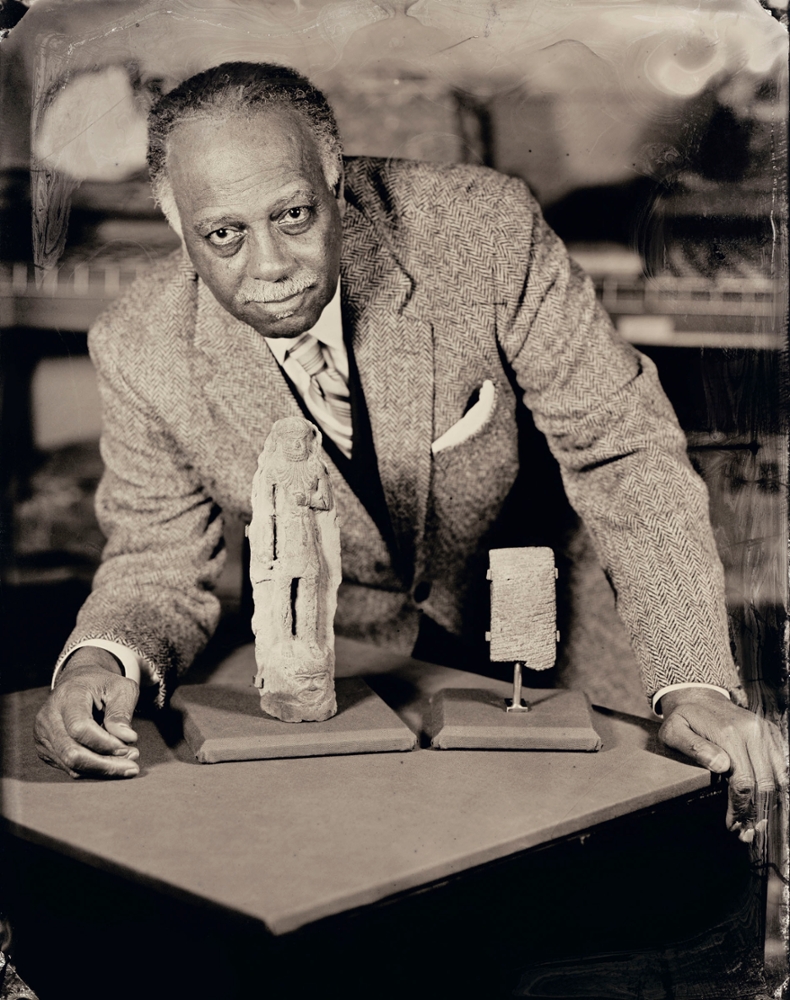
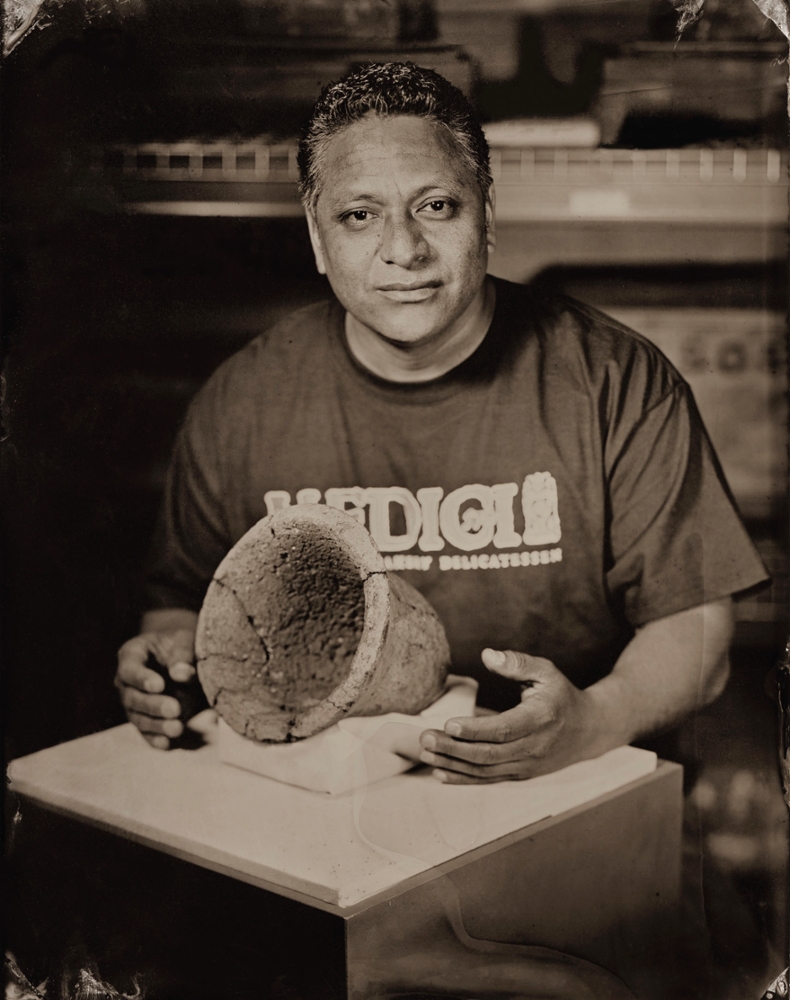
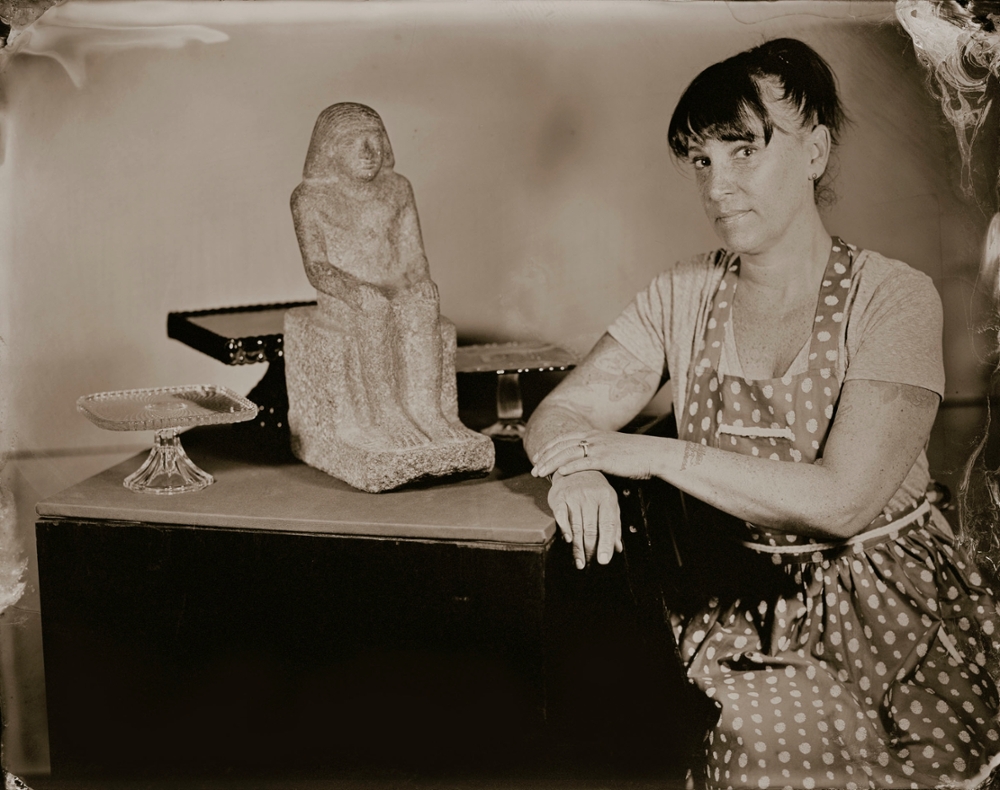

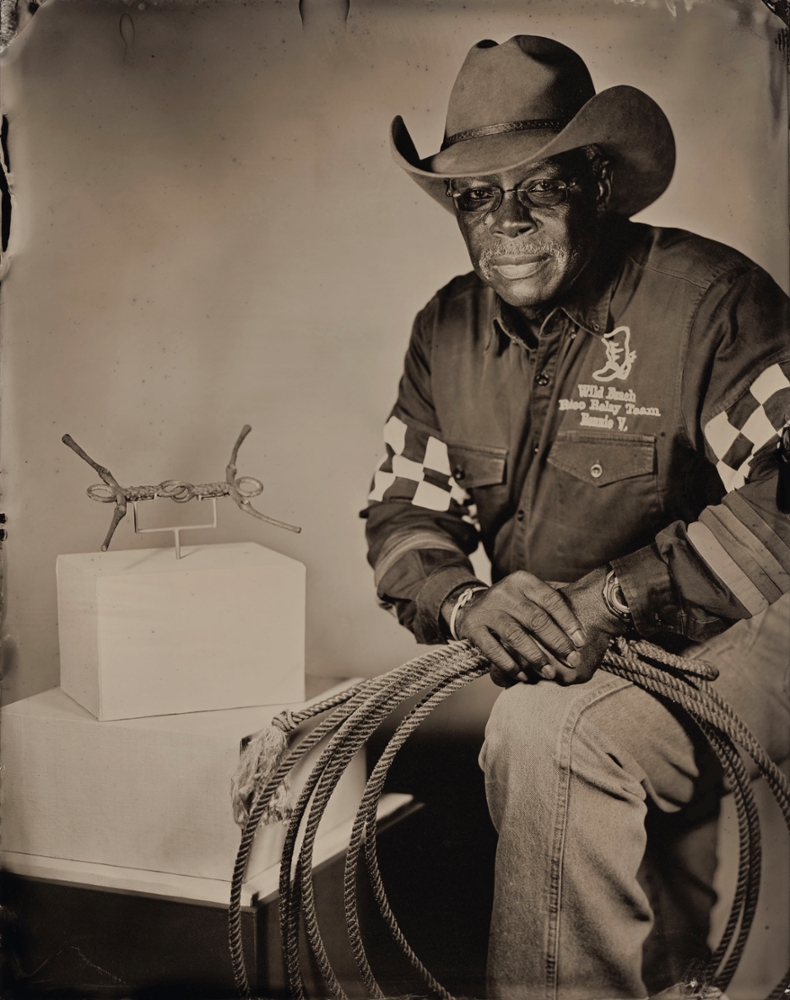
Cowboy Ron Vasser and a Persian horse bit, 2013
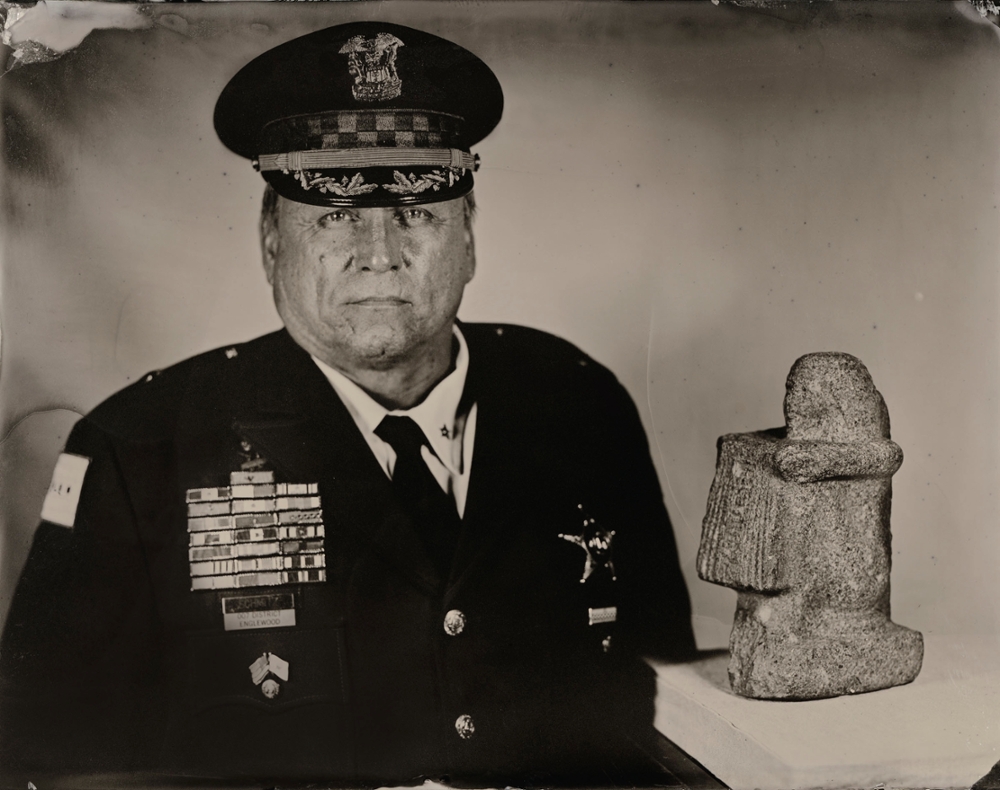
Chicago Police Deputy Chief of Patrol Leo Schmitz and a statue of the Police Chief of Western Thebes, 2013